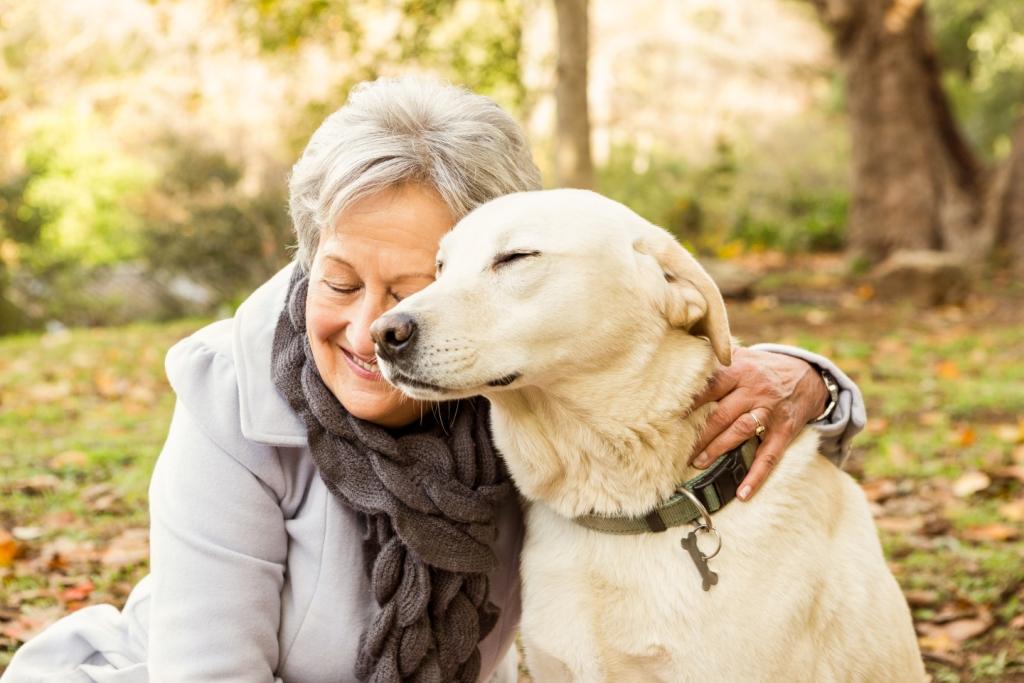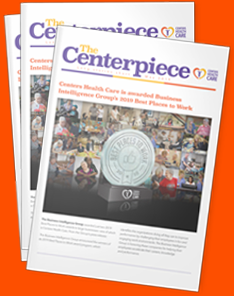There’s a bit of popular pushback recently against rushing the end of summer in favor of embracing the approaching autumn, and we at the Martine Center for Rehabilitation and Nursing are in no hurry to wave goodbye to warmer days. As the evenings and mornings get a little cooler, however, we may all begin to consider throwing on a pair of jeans rather than the shorts we’ve been wearing all summer. The physiology of aging and general experience tell us that it’s common for the elderly to feel chillier than some younger people. That makes this the perfect time of year to begin considering cozier outfits for our older loved ones.
Changes in the thickness and density of the skin and tissue of the elderly mean that their bodies are more responsive to atmospheric changes in temperature. The internal temperature-controlled environments of long-term care facilities ensure that everyone is as comfortable as possible, but different people are comfortable at different temperatures, and even incoming sunlight and the routine opening of exterior doors can create temperature changes throughout the day. For this reason, it’s a good idea to encourage elderly loved ones to dress in multiple loose-fitting layers that can be easily added and subtracted throughout the day.
When buying fall clothing for older people who require full-time assistance, consider whether a combination of light materials may or may not be more appropriate than a heavy material. That’s not to say, however, that heavy materials are never appropriate for those who find them more comfortable. Remember also to select clothing that is easy for those with mobility issues to get into and out of with assistance. Finally, when choosing fabrics, select those that are smooth and soft and those that breathe well. Fine cotton and silk are always good selections; rayon and linen can be as well, but they are often heavier.






